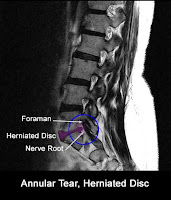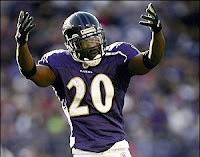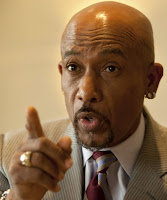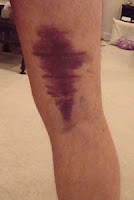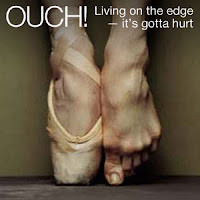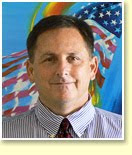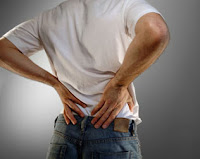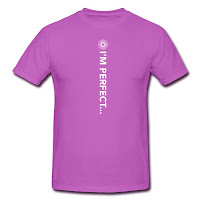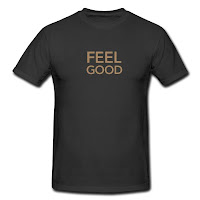People suffering from low back pain, specifically from herniated disks, might find temporary relief by doing McKenzie back exercises. These low back extension exercises utilize a light pumping action at the low back to help squeeze disk bulges back into the intervertebral spaces.
McKenzie exercises, unfortunately, do not work for everybody–in fact, possibly only ~ 50% of herniated disk low back pain sufferers will respond to extension (some respond better to flexion) movements. The only way to know is…to try. So gently get down to the floor (please work on breaking inflammation with several ice bag applications beforehand, otherwise you might not get back up without help), and push your upper torso upward, while leaving your hips on the ground. Do in a pumping action as demonstrated in the video.
Go slowly. If it is going to work, you’ll feel the improvement rather quickly. You can try two sets of ten pumps, but if the pain gets worse after several pumps, discontinue the practice.
It is of utmost importance to call a chiropractor right away if you are suffering from severe low back pain (especially with numbness and/or tingling). But you can try these low back exercises to see if they provide any pain relief. Low back pain is no fun and it can linger–don’t suffer; call your local neighborhood chiropractic office today.
